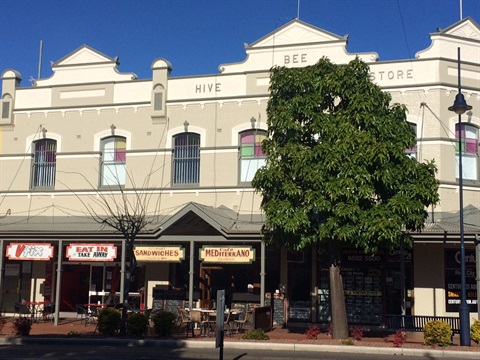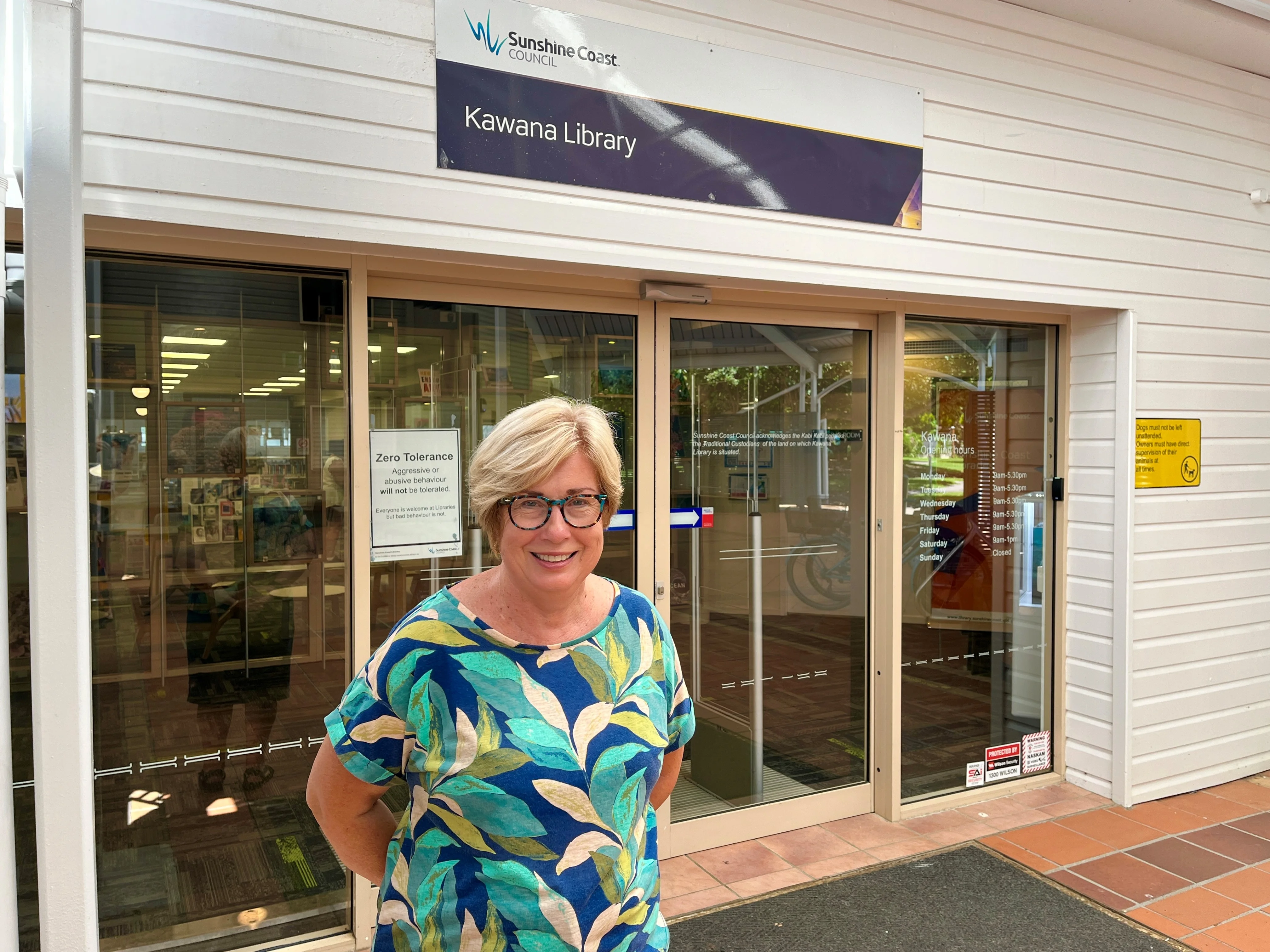SA Health has published the 2018 analysis of Port Pirie children’s blood lead levels, which shows deterioration in children’s blood lead level measures.
The annual report analyses the blood lead levels of Port Pirie children aged 0-4 years and pregnant women.
SA Health’s Director of Scientific Services, Dr David Simon, said the results are very concerning, and reflect the rise in lead-in-air emissions over the past two years during the smelter redevelopment, coupled with the dustiest and driest weather conditions in over a decade.
“Overall the results show an average blood lead level of 4.6 μg/dL (micrograms per decilitre) in Port Pirie children tested in 2018, which is an increase of 0.2 μg/dL and is a 4.5 per cent increase compared to the previous year,” Dr Simon said.
“Average results for two-year-old children, which are considered to be a robust indicator of trends in lead exposure for the whole population, also increased by 0.2 μg/dL to an average of 5.8 μg/dL, which is 3.6 per cent higher than 2017.
“Most concerning is the increase in the number of children with blood level levels equal to or exceeding 20 µg/dL, which has risen from six children in 2017, to 16 in 2018.
“These children are receiving interventions to reduce exposure that are tailored for the specific lead sources in each situation. However, given the known effect of lead on children’s developing brains, preventing children being exposed in the first place is our major objective.
“Case workers work closely with parents and caregivers of children with elevated blood lead levels to offer individually tailored intervention measures, and educate families in ensuring each child’s living environment is as dust-free as possible.
“The Environment Protection Authority (EPA) has reported that 2018 was the driest year in a decade for Port Pirie, with more frequent strong winds blowing from the smelter towards residential areas.
“But change in the lead emissions from the smelter will always be the main driver for increasing blood lead levels in children.”
Children and pregnant women with blood lead levels equal to or above 4 µg/dL are reviewed to find the sources of lead, and strategies are developed with families to reduce exposure.
SA Health and the Port Pirie Environmental Health Centre carry out rigorous lead exposure investigations for families, including dust, soil and paint sampling, and help families to implement these exposure reduction strategies.
“We do not want to see this increase in blood lead levels become a continuing occurrence, and it highlights the importance of the smelter’s ongoing efforts to reduce its lead emissions and focusing on intervening early before children’s blood levels start to rise,” Dr Simon said.
EPA Director of Science and Information, Keith Baldry, said the smelter operator is required to meet compliance limits 0.50 µg/m3 (micrograms per cubic metre) over a 12 month average to meet EPA licence requirements, and most recently quarterly results were 0.49 and 0.48 µg/m³.
“Nyrstar is currently compliant with its licence, however, the EPA is concerned that the levels are still too high and we continue to work to ensure the company does everything possible to reduce its emissions while it transitions to new smelting technology that meets modern emissions standards,” Mr Baldry said.
“The EPA is working closely with Nyrstar to make sure that everything that can practically be done to minimise the current worsening emissions during this transitional stage of the smelter redevelopment.”
SA Health has provided voluntary blood lead screening through the Targeted Lead Abatement Program (TLAP) that has been delivered by the Port Pirie Environmental Health Centre since 1984.
TLAP spokesperson and Chief Scientific Advisor for the Department of Energy and Mining, Associate Professor Rob Thomas, said a new community awareness campaign has just commenced to remind residents of the importance of taking actions to reduce lead exposure around the home.
“The campaign is a reminder to local residents of the things they can do to reduce their lead exposure, and will help new residents and young people become more lead-aware,” A/Prof Thomas said.
“Dust management activities across Port Pirie remain oneof TLAP’s main focus areas during the extreme dry weather conditions until full ramp up of the new smelter is achieved, whichis expected later this year.
“TLAP has also intensified its activities recently including increasing daily cleaning of high-use community amenities, replacing old bark chips at public playgrounds, expanding the reach and frequency of its cleaning roster in high-risk areas, and expanding use of a Hydro-mulcher to seed exposed soil in public spaces.”
The blood lead levels are measured against the National Health and Medical Research Council (NHMRC), which advises blood lead levels above 10 μg/dL can have harmful effects on a number of body functions and organs in both adults and children, and that lead sources should be investigated then prevented or reduced at the exposure investigation level of 5 μg/dL.
View the full report (PDF 289KB)








